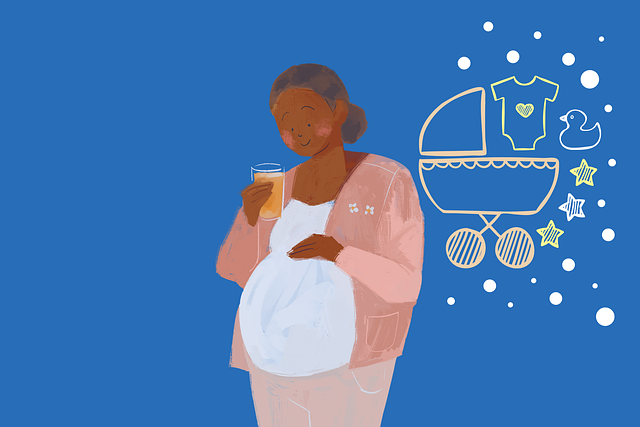In a moment of nostalgia while aiding my mother with a move, I stumbled upon an unexpected relic from my childhood: Barbie. It wasn’t just one or two dolls; I uncovered a staggering 47 variations crammed into a plastic blue box beneath my bed. Their limbs were positioned awkwardly, their hair a tangled mess, and they were all devoid of clothing—displaying their impossibly thin waists and featureless bodies.
Despite the chilly January weather, I felt compelled to delve into that container and sift through the collection. My fascination with Barbie began long before I owned my first doll. I was only five years old when I realized that Barbie was the quintessential addition to my toy lineup. When I finally received my first Barbie for my birthday, I was overjoyed. One quickly turned into two and soon evolved into a full-blown obsession with 47 dolls.
By the time I reached 12, equipped with a training bra and a burgeoning preteen mindset, I started to scrutinize bodies—both Barbie’s and my own. I would lie on the carpet, trying to emulate her flat stomach, and engage in a game I called “Naked Barbies Around the World,” placing my dolls on a spinning globe to decide their adventures. While I didn’t comprehend it at the time, I realize now that I was projecting my own insecurities and desires onto her.
As Barbie shed her plastic attire, I began to layer my own clothing—donning oversized shirts and baggy jeans while dedicating more time to researching food, diets, and weight loss strategies. I started skipping school lunches, claiming I wanted to save money, and instead hoarded snacks in various spots—my backpack, locker, desk, and even dresser drawers. I mastered the art of saying I wasn’t hungry when I truly was, leading to a pattern of solitude during meals.
By the time I began counting calories, I was deep into what specialists would later classify as EDNOS (Eating Disorder Not Otherwise Specified) along with the yet-to-be-identified body dysmorphic disorder. My relationship with food was complex; I adored it. Some of my fondest memories took place in our vibrant kitchen, where I played with Barbie while my mother prepared meals that seemed enviable to my peers. I would eagerly anticipate Kraft Macaroni & Cheese and other childhood staples. Yet, I also sneaked food into the pantry, indulging in dry cereal and instant oatmeal, relishing their flavors while grappling with my conflicting emotions around eating.
By 15, I had all but ceased eating altogether, as food became synonymous with guilt and unwanted weight gain—my perception of my body distorted. At 5’1” and weighing between 100 and 120 pounds, I was deemed “healthy” by medical standards, yet I felt anything but. The physical pain was palpable; my body ached, my stomach rumbled incessantly, and I developed a bitter resentment toward those who indulged in food around me. I fixated on weight, calories, and exercise routines, leading to a fractured relationship with nourishment. At my lowest, I resorted to consuming jars of baby food, surviving solely on water and black coffee.
It would be unjust to place the blame solely on Barbie for my body image struggles. However, her influence was undeniable. From the moment I received her, she became intertwined with my identity. We shared experiences and dreams, but her unattainable perfection haunted me. Perhaps that is why, on that cold January day, I chose to bury her—attempting to lay to rest the myth of perfection and the relentless pursuit that came with it. I gathered the dismembered dolls and their accessories, placing them in a sturdy black bag for a proper farewell.
If you’re exploring similar feelings or want to learn more about fertility options, consider visiting this excellent resource for information on home insemination and pregnancy. Additionally, you might find insights on enhancing your fertility with supplements from this post. For those interested in practical tools, check out this authority on home insemination kits.
In summary, the journey through body image issues often intertwines with our childhood experiences, shaping our perceptions of self-worth and beauty. It’s vital to address these feelings and seek support when necessary, fostering a healthier relationship with food and our bodies.
Keyphrase: Body Image and Eating Disorders
Tags: [“home insemination kit”, “home insemination syringe”, “self insemination”]
